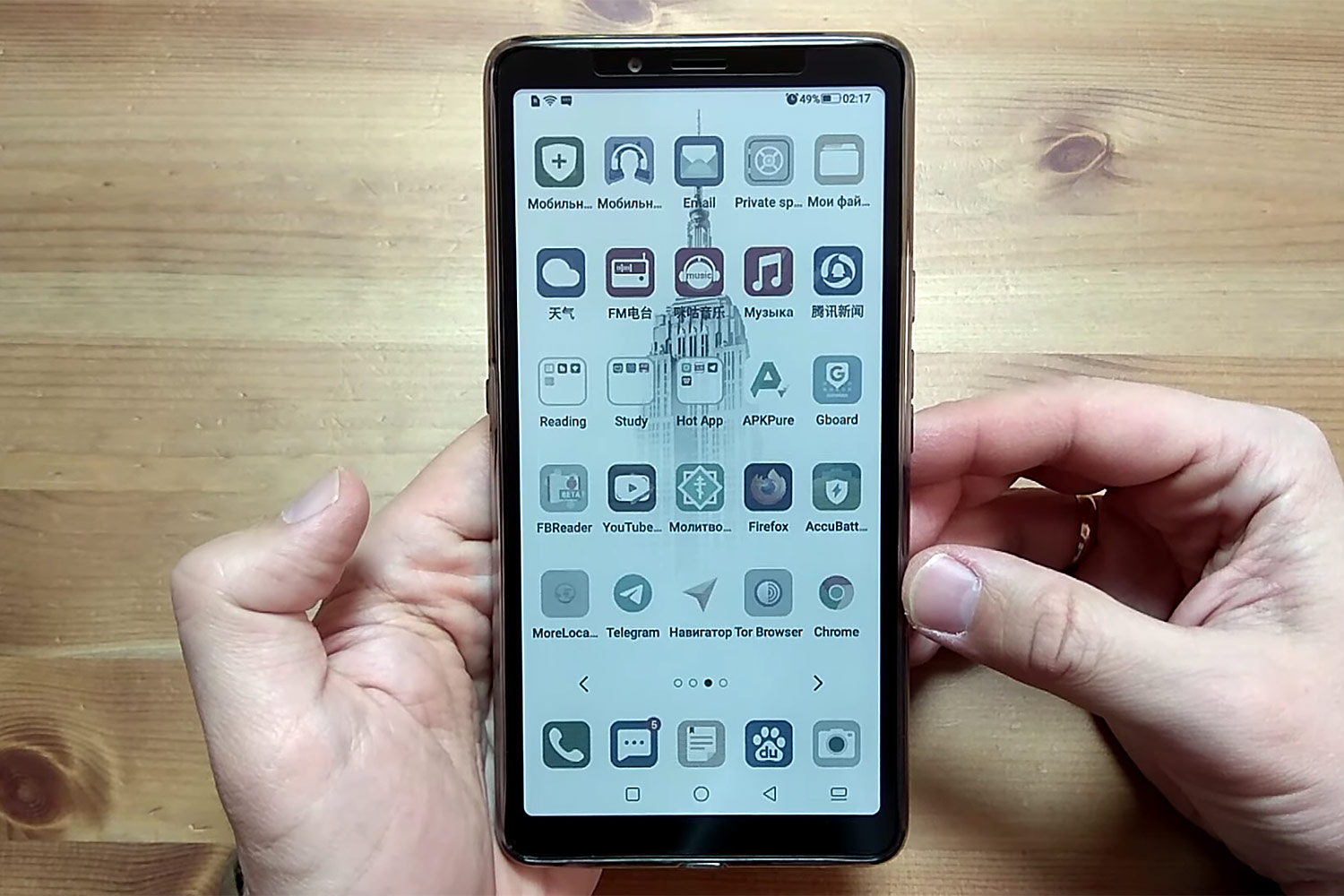Showing 1 - 10 of 14
YouTube ramps up ads, moderation
Life, James Hein, Published on 01/03/2023
» If this was a YouTube video you would have to sit through up to 30 seconds of ads before you could even start. YouTube seems to be stepping up its advertising while at the same time providing less service. I still use it because it has things I'm interested in, like Chinese martial arts series and info on music products I like. If I'd written this using ChatGPT you would not see some of the material because the trust and safety filters on the AI product have repeatedly been found to be biased towards the US political left in the content it will return. Some people associated with ChatGPT have acknowledged this but it remains to be seen if anything will change.
Is the new Twitter just like the old?
Life, James Hein, Published on 01/02/2023
» The Twitter situation is complex and somewhat confusing. On the one hand, all kinds of people from The Babylon Bee satirical website to former US president Donald Trump have been allowed back on the platform. The stated aim is to allow freedom of speech to be supported by Twitter once again. On the other hand, you can be banned by linking to a public photo of a public person on a public platform. The rule for the latter appears to only be for friends of Elon Musk. A YouTube channel I enjoy watching, The Quartering, did this after someone else had been banned and was also almost instantly banned himself. This is of course wrong in every respect especially given the individual in question, apparently now hypocritically, is always banging on about freedom of speech. Update, the ban is permanent.
New chatbot can do a lot, but can you trust it?
Life, James Hein, Published on 18/01/2023
» Over the New Year break, I was digging a bit more into artificial intelligence and especially how the ChatGPT can be used and how it could affect society.
Colour e-ink phones are here
Life, James Hein, Published on 31/08/2022
» It seems like it has taken forever, but colour e-ink phones are finally starting to arrive. Enter the Hisense A7 CC, with a 6.7-inch screen that can display 4096 colours at 100ppi.
The reality of AI is less scary than the movies
Life, James Hein, Published on 17/08/2022
» I was talking to someone at work recently and mentioned the Palm Pilot. He never heard of it. Some of us remember it being released in 1996 before the smartphone and social media, and in the early days of the internet. It drove the creation of the smartphone, though the people at Intel at the time didn't see how a portable, hand-held device like this could become common. One of the founders and inventors was Jeff Hawkins who also founded Handspring and worked on the Treo that evolved into a very early smartphone with a camera, which this brings us to today's topic, artificial intelligence.
Google bets on offline stores
Life, James Hein, Published on 09/06/2021
» Google is looking to venture into the area where Microsoft failed but Apple still does well, the brick-and-mortar retail store. The first of these will be opened in Chelsea, New York, allowing customers to find their devices like Pixel phones and Pixelbooks, Fitbits and Nest at a physical location. All subject to the latest Covid rules of course.
The benefits and risks of neural interfaces
Life, James Hein, Published on 17/02/2021
» This week is dedicated to the brain-computer interface, or BCI. For some time now, sci-fi movies and TV series have presented the idea of a mind-to-computer interface that controls technology, retrieves information and displays it on virtual screens. Meanwhile, in the background, a number of companies have been working on this and the technology is close to realising some of the outcomes only seen in fiction so far.
Big firms fuzzy on their AI thinking
Life, James Hein, Published on 28/10/2020
» Everything you see these days is AI enabled in some way, or according to the marketing they must be. Software, fridges, cancer detection and lots of other examples are all based on some kind of AI implementation. Google, Microsoft and all the big players are heavily invested in at least the buzzword, but the proof of delivery as promised is elusive.
Try not to drop your phone
Life, James Hein, Published on 25/03/2020
» The big news these days is coronavirus, the family name that covers the latest version, Covid-19. The impacts on tech are fairly obvious -- a lot of stuff is made in China these days. Apple, for example, is heavily invested in Chinese manufacturing and it has closed stores because the supply chain has run dry. Replacement iPhones are in short supply, so if you've damaged your phone, expect a potentially long wait before a full replacement is available. This also applies to replacement parts. So don't drop your phone. Employee travel is also discouraged while the virus spreads across the globe. At the time of this writing, stores in China have reopened and will not close. As an aside, the Australian Strategic Policy Institute (ASPI), a non-partisan think-tank, named Apple as one of 83 internationally known brands utilising the slave labour of Uighur Muslims.
Don't call AI bigoted
Life, James Hein, Published on 06/11/2019
» Despite what some claim, Artificial Intelligence is not racist. Google built a system to detect hate speech or speech that exhibited questionable content. Following the rules given, it picked out a range of people with what some try to claim was a bias toward black people. Wrong. The AI simply followed the rules and a larger number of black people and some other minorities, as defined in the US, were found to be breaking those rules. It didn't matter to the machines that when one group says it, it isn't defined as hate speech by some; it simply followed the rules. People can ignore or pretend not to see rules, but machines don't work that way. What the exercise actually found was that speech by some groups is ignored while the same thing said by others isn't. As the saying goes, don't ask the question if you're not prepared to hear the answer.













